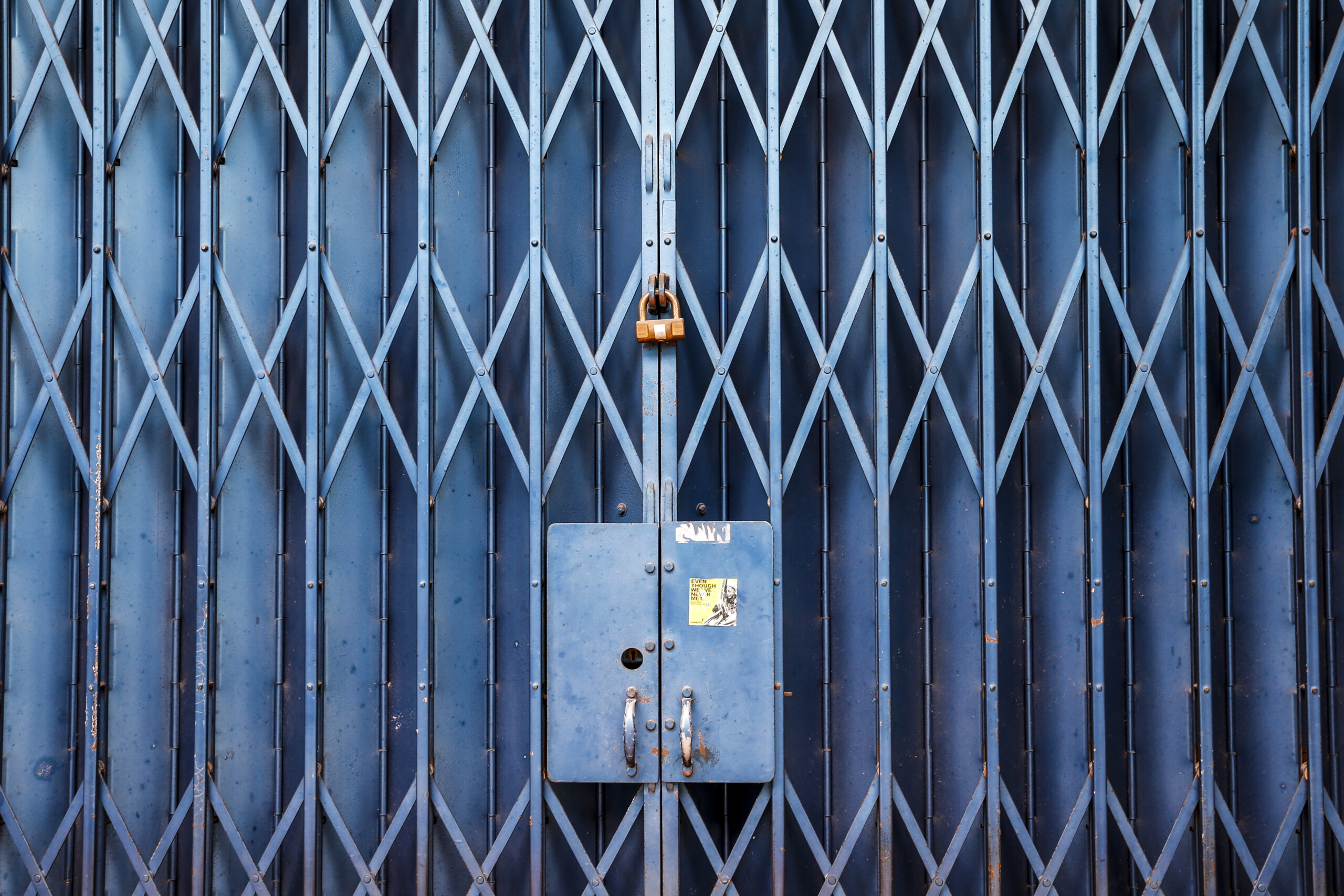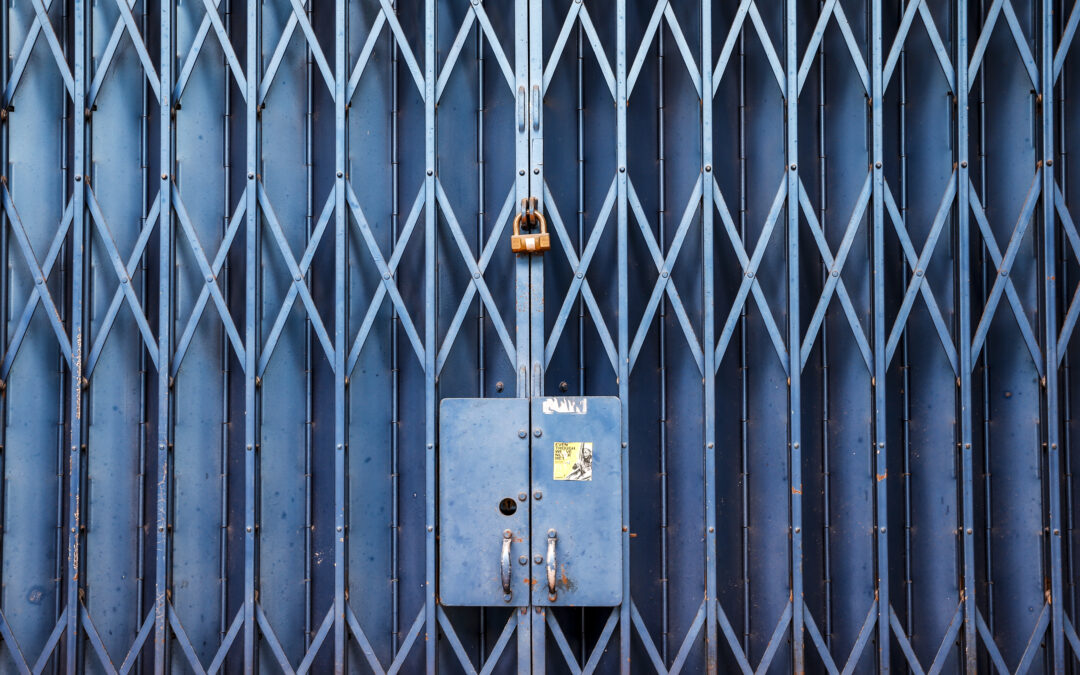Are you ready for the unexpected? Emergencies can strike at any time, and being prepared is essential to keep your family safe. In this blog post, we will cover everything you need to know about emergency preparedness, including building an emergency kit, creating a communication plan, preparing your home for disasters, staying safe during and after a crisis, and more. Let’s get started!
Introduction to Emergency Preparedness:
Emergency preparedness is not just about having supplies on hand; it’s also about knowing what to do in different situations. The first step in emergency preparedness is to create a plan with your family members or household. This includes identifying potential risks in your area, such as natural disasters like hurricanes, earthquakes, floods, wildfires, etc., and developing a strategy for how to respond to each one. You should also identify evacuation routes and meeting places in case you are separated from your loved ones during an emergency. It’s crucial that everyone knows what they need to do before, during, and after an emergency.
Building an Emergency Kit:
Another important aspect of emergency preparedness is building an emergency kit. Your kit should include enough supplies to last your family for at least 72 hours. Some essentials to include in your kit are non-perishable food items, water, flashlights, batteries, first aid supplies, medications, personal hygiene products, extra clothes, blankets, and tools. Make sure to store all these items in a designated place where they are easily accessible when needed.
Creating a Communication Plan:
Communication is critical during an emergency situation. You should establish a communication plan with your family members so that everyone knows who to contact and how to reach them if there is no phone service available. Consider setting up text message groups, email lists, or social media channels to communicate with others during an emergency. Also, make sure to have backup chargers for your devices and consider investing in a portable charger or solar panel to ensure you can stay connected even without electricity.
Preparing Your Home for Disasters:
Your home is another vital aspect of emergency preparedness. There are several things you can do to prepare your home for disasters, such as securing loose outdoor furniture, trimming trees and shrubs around your house, installing smoke detectors and carbon monoxide alarms, and making sure your roof is sturdy and able to withstand high winds or heavy rain. If you live in an area prone to flooding, consider elevating valuable possessions off the ground floor or purchasing flood insurance.

Staying Safe During and After a Crisis:
During and after a crisis, safety should be your top priority. Follow local news reports and heed warnings from authorities. Stay indoors until officials give the all clear signal. Avoid using candles or open flames due to the risk of fire. Be cautious of downed power lines and other hazards. Keep your emergency kit close by, and don’t forget to check on elderly neighbors or those with special needs.
In conclusion, emergency preparedness is essential to keeping yourself and your family safe. By following our ultimate checklist, you can rest easy knowing that you are ready for whatever life throws your way. Remember to always stay informed, have a plan, build an emergency kit, create a communication plan, prepare your home, and stay safe during and after a crisis.




